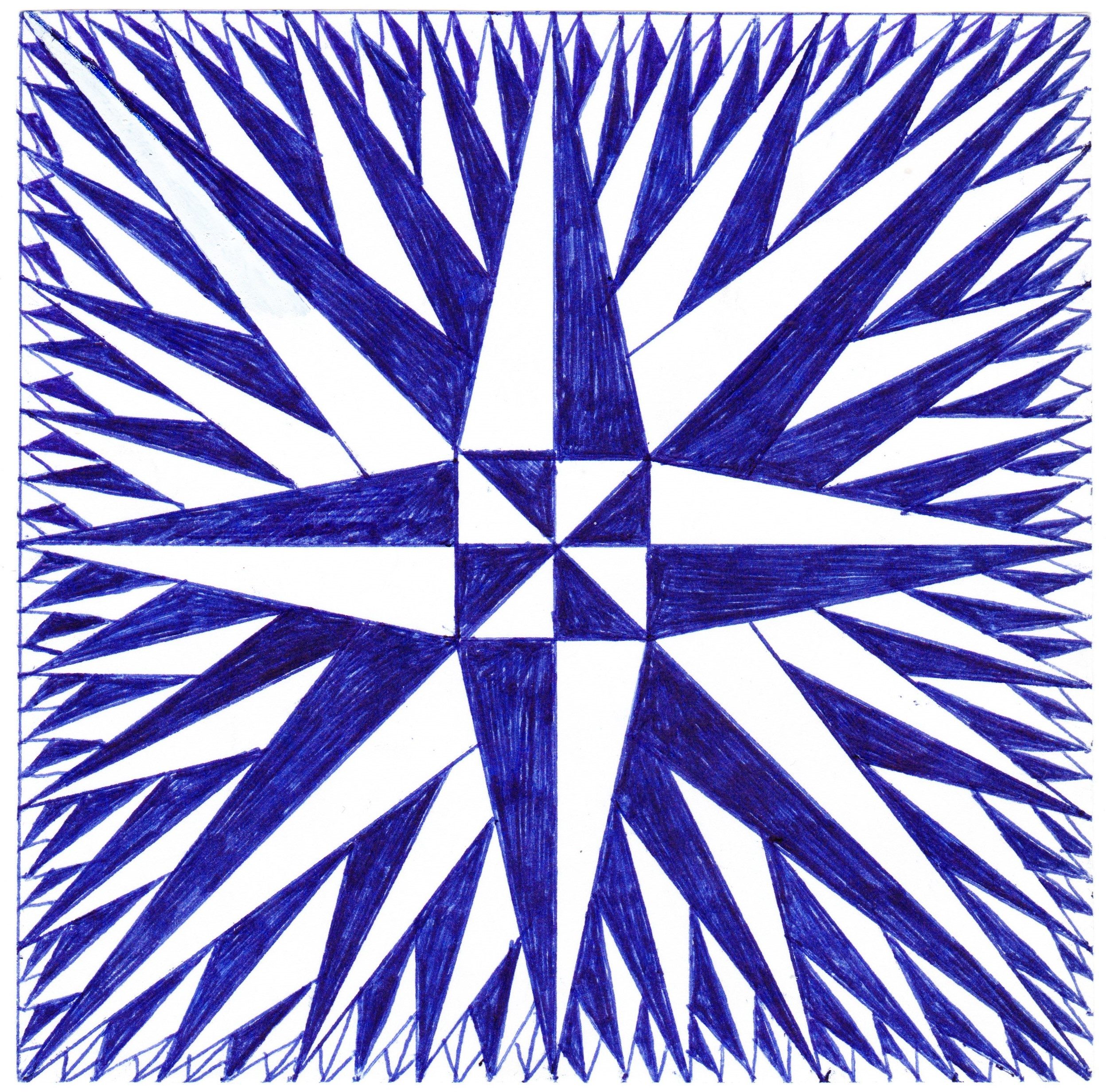
A Friendly Guide to Teaching World Religions
-UNDER CONSTRUCTION-
In 2020, when I was applying to be a visiting scholar for the Center for Spiritual and Ethical Education, I proposed writing a book for new religious studies teachers. I wanted to write the book I had wished was available to me, both as a student studying religion in college and graduate school, and as a new teacher in the field. The CSEE accepted my proposal and the result is Starting Points, Not Stereotypes: A Friendly Guide to Teaching World Religions.
The book is divided into three sections:
- A brief history of the field of religious studies as it developed in the Western academic tradition. Walter Capps’ book “Religious Studies: The Making of a Discipline” is a much more thorough history, but I found it too long for someone who is new to the discipline and who needs a sense of the overall story and major developments. Capps’ book is the reference text and the deep-dive for the graduate student; mine is the primer.
- An explanation and evaluation of the several approaches to teaching about religion that have emerged over the centuries. What are they? What are their advantages and limitations? How might we use several of them together in a course?
- A sample curriculum, including: 1) a detailed unit plan for an Introduction to Religious Studies, 2) a detailed plan for a thematic unit (mystical experience), 3) a detailed plan for a unit on a specific religion (Christianity), 4) a list of vocabulary, common misunderstandings, and considerations for teaching about five of the most commonly taught religions (Buddhism, Christianity, Hinduism, Islam, and Judaism)
This book is currently in its second round of editing and I am hoping for it to come out in the next year or so.
